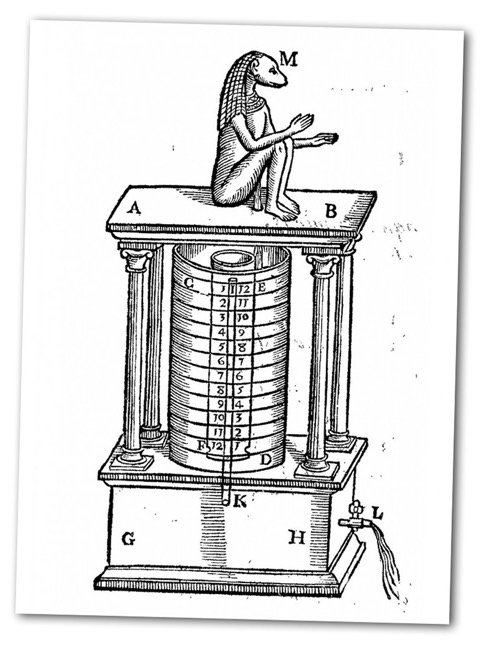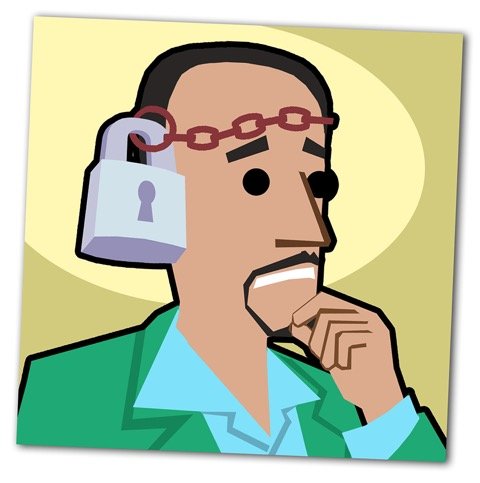Intellectual property is a legal concept that refers to the rights that a person has over the intellectual creations that they have developed by their own means, (learning, investigation, reflection, reading or debate). It is such an extensive and intangible concept, that it is often confused with more tangible terms such as author copyright, (applicable to interpretations of creative works), or industrial patents, (applicable to marketable products).
It has been under debate for 300 years, but the controversy has grown in recent decades, due to the global access to information and the ease with which content is copied with new technologies. The positions are antagonistic. On the one hand, the absolute restriction of use of third party ideas would limit creativity and as such, economic and social development, making way for intellectual monopolies and curbing access of the masses to innovation. On the other hand, absolute freedom to copy would eliminate the financial base that gives value to cultural and scientific services, the economic incentive to intellectual development.
Technological advances have always been underpinned by previous ideas. There would be no car without the wheel, no train without the steam-engine, no camera without lenses. Since antiquity, things like the clepsydra have been invented, but nobody gave any thought to protecting their intellectual property, fundamentally because the value lay more in the manufacture of the invention, than the invention itself. To make a clepsydra back then, was as valuable (or more), than designing it. In fact, until well into the 16th century, inspiration was thought of as something divine, so legal property of the creative work did not make sense. And that isn’t why they stopped creating timeless works of art, such as Michelangelo’s David.
It was during the Enlightenment when concepts of “natural law” and “property of thought” appeared. The first monopolies were created by royal concession, with the objective of incentivising inventors’ creativity and entrepreneurship through their official protection. At the beginning, intellectual property was limited in time, (10-15 years), just enough to allow the creator to obtain a reasonable profit before their invention became common property of all men. However, with the passing of time and influence of pressure groups, these rights have been extended in different directions: geographically, (through international treaties), temporally, (extending the patent terms until 70 years after the author’s death), and to all creative fields, (now, even management techniques are patented).
Creating value from scarcity is a capitalist fundament, as limiting the abundance of something increases its price and profits. But this overprotection of intellectual property is considered increasingly as an obstacle to creativity and social and technological development, even as an offence to fundamental human rights, as in the case of pharmaceutical patents. In Europe, there is already a move towards opening up the intellectual property protection laws, such as the Adelphi Charter (2005) or the Copyright for Creativity – A Declaration for Europe (2010). The intention is to adapt legislation to the reality of a globalised and connected world and recoup the initial objective of encouraging creativity and share of knowledge.
“…He who receives an idea from me, receives instruction himself without lessening mine; as he who lights his taper at mine, receives light without darkening me”
Thomas Jefferson (1743-1826)







